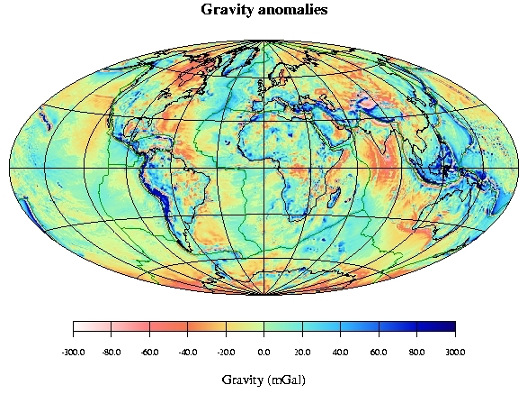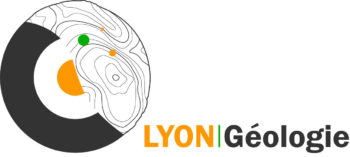Gravity and Geomagnetism
The magnetic and gravity fields can be observed from outside the Earth and tell us about its constitution and functioning. The course is divided into two equal parts, each dealing with a field. For each part, the focus will be on understanding both the fundamental physics (how gravity and the magnetic field are expressed, how they are related to density or electric currents, how they are calculated, etc.) and the description of the Earth's fields (how gravity and the magnetic field vary, and what this tells us about the Earth's interior).

Geomagnetism
- Maxwell's equations. Calculation of the field induced by an electric current and the electric current produced by a variable field. Application to induction in the Earth.
- The current magnetic field: observations and models. Spherical harmonics. Decomposition of the magnetic field into internal and external fields. Field spectrum and origins: the external field, the crustal field (remanent and induced) and the core field. Upward or downward extension. The radius of the core as seen by the field spectrum.
- Time evolution of the magnetic field. Recent evolution: the secular variation. Geomagnetic tremors. Long-term evolution: paleomagnetism. Reversals. Hypothesis of the centred axial dipole. Field of a dipole, latitude-inclination relation. Applications to plate tectonics: opening of oceans and latitudinal movement of continents.
Gravity and shape of the Earth
- The gravity field and potential. Definitions of the gravity field. Gauss' theorem
- Shape of the Earth ̶ spherical, ellipsoidal, potatoe-like ̶ and gravity: The sphericity of the Earth: measurements, why, limit of sphericity. The centrifugal force. Gravity, potential. Flattening. The reference ellipsoid. The geoid. Notion of altitude. Notion of anomalies.
- Measurement of gravity and the shape of the Earth: Gravimeters, space methods. Determination of the global field, determination of the geoid. Decomposition into spherical harmonics
- Interpretation of measurements. Isostasy: observations, interpretation. Vertical movements, post-glacial rebound. Interpretations of global geoid models: convection. Recent results of CHAMP, GRACE, GOCE: hydrology, mean sea level, Sumatra earthquake, post-glacial rebound.
- Possible complements. The angular momentum theorem, the rotation of the Earth and its application to the Earth-Moon system.

